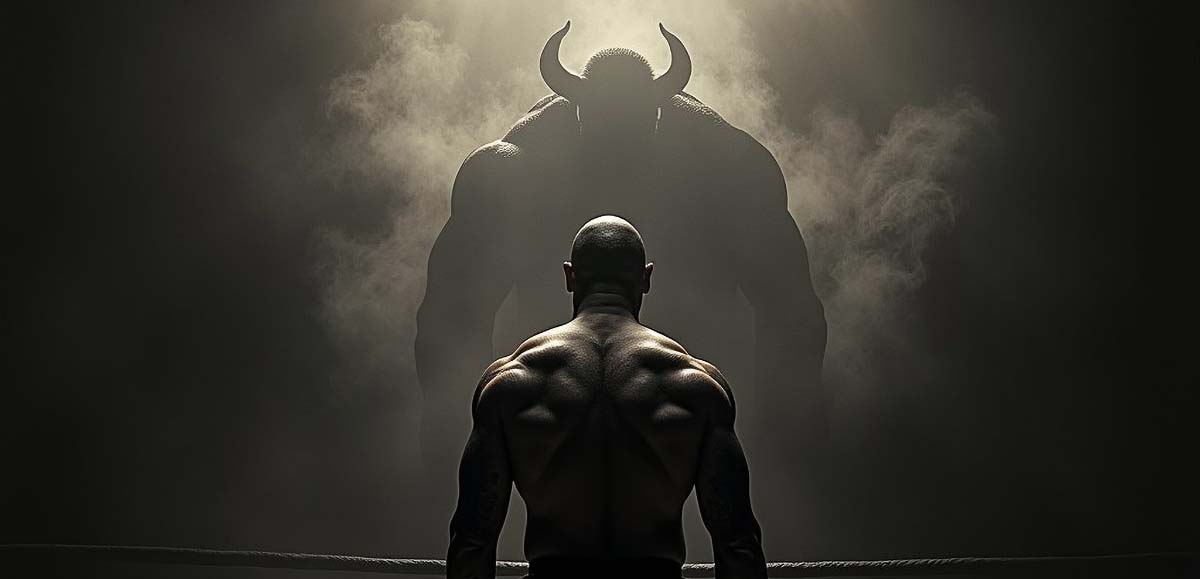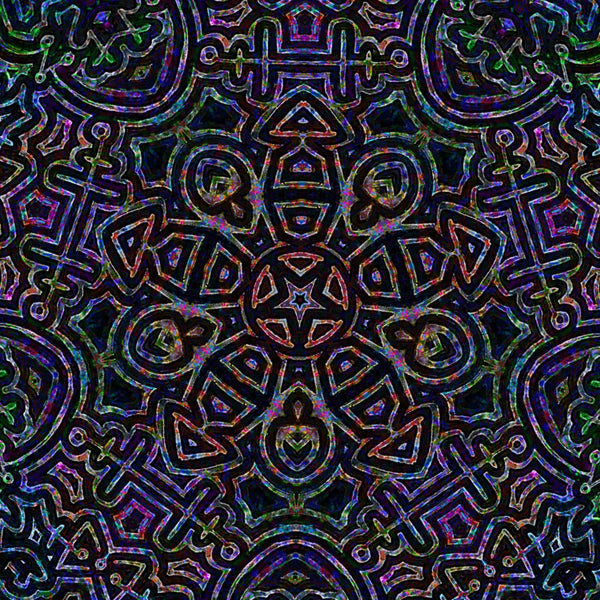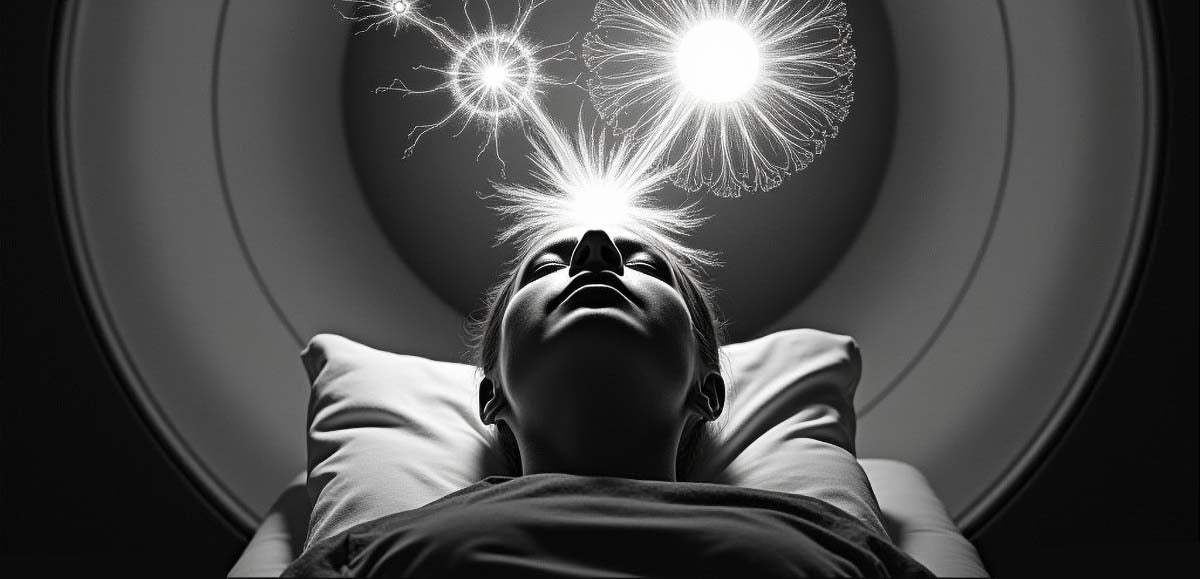Your Cart is Empty
Buy Any 4 Items, Get 15% Off Your Order!
Buy Any 4 Items, Get 15% Off Your Order!
Mike Tyson, Carl Jung, and the Power of Embracing Our Shadow
September 28, 2024

In 1992, Mike Tyson sat alone in his prison cell, grappling with the reality of his downfall. The once fearsome heavyweight boxing champion, known for his unmatched skill and aggression, was now up against a different kind of opponent—his inner demons. Tyson’s Shadow self was fully visible, driving him toward self-destruction.
Carl Jung's Shadow Self

The concept of the Shadow comes from Carl Jung, one of the most influential psychologists of the 20th century. The Shadow is central to Jung’s theory of the unconscious, representing the parts of ourselves that we hide, repress, or deny. Jung believed that everyone carries a Shadow, often formed in childhood when our family, culture, or society deems certain emotions, behaviors, or thoughts unacceptable. For Tyson, this wasn’t just an abstract theory; it was a lived experience.
Rage, Fame, and Self-Destruction
Tyson’s Shadow had its roots in a troubled childhood. His father abandoned him at age two, his mother's livelihood involved nightly encounters with men, drugs were prevalent, and he faced regular violence in the rough neighborhood of Brownsville, Brooklyn. Fear, neglect, and the constant struggle for physical safety fueled a growing rage.
As a juvenile delinquent caught in a cycle of crime and violence, Tyson was sent to a reform school where he caught the attention of Bobby Stewart, a former boxer. Stewart recognized Tyson’s potential and later introduced him to Cus D’Amato, who saw in Tyson not just raw talent but a troubled young man in need of guidance. D’Amato became Tyson’s legal guardian and mentor, teaching him to channel his fear and anger in the boxing ring. "The hero and the coward both feel the same thing, but the hero uses his fear and projects it onto his opponent, while the coward runs," Cus would often say.
This guidance helped Tyson find focus and discipline early on, but as his fame and wealth grew, and following Cus' passing, Tyson’s Shadow became increasingly volatile. By the late 1980s, it began emerging as violent outbursts, substance abuse, and reckless behavior.
From Chaos to Clarity: Embracing the Shadow

According to Jung, the Shadow may hide, but it doesn’t disappear. It operates unconsciously, influencing our actions, relationships, and decisions in ways we might not recognize. Left unchecked, the Shadow may express itself in destructive behaviors, self-sabotage, and projection—where we see the flaws in other that we refuse to see in ourselves.
While in prison, Tyson began to confront the full depth and influence of his Shadow. He met with fellow inmates who practiced Islam—spiritual mentors who introduced him to meditation, and shared texts that helped him reflect on the forces that shaped him. This wasn’t just about religion; it was a chance for Tyson to confront the destructive emotions that fueled his boxing success but, uncontrolled, had brought him to his lowest point—confined like one of his own pet tigers.
“Meditation saved me in a lot of ways. It let me see myself, the real me—not just the guy in the ring, but the scared kid behind the fists.”
Shadow work is how Jung described the effort to bring our Shadow into conscious awareness: acknowledging our flaws, fears, and unresolved pain without judgment. For Tyson, meditation and journaling were key parts of his Shadow work, enabling him to face inner chaos with self-understanding and acceptance.
In one transformative meditation session, Tyson visualized his anger as a necessary part of himself that required expression to achieve balance. This act of accepting his turbulent emotions was a direct application of Jung’s theory that embracing our darker side—rather than avoiding or ignoring it—can lead to substantial personal growth.
Tyson also started journaling, a practice encouraged by fellow inmates. He would write down his darkest thoughts without judgment. This practice of externalizing his internal struggles enabled Tyson to engage with his Shadow dispassionately.
Jung often used active imagination, a technique involving dialogues with different parts of oneself, including the Shadow. Tyson’s journaling became his version of this practice, allowing him to express and structure his inner chaos.
“I was always fighting something. In the ring, out of the ring. But it was in prison that I realized I was mostly fighting myself.”
Public Vulnerability: The Undisputed Truth
 After his release, Tyson’s commitment to embracing his Shadow continued. One pivotal moment came with his one-man show, Mike Tyson: Undisputed Truth. In this raw, unfiltered performance, Tyson stood on stage and recounted his darkest moments—his upbringing, his struggles with addiction, his violent outbursts, and his fall from grace. Instead of hiding, Tyson laid his flaws bare, confronting his Shadow before a live audience and owning his life's narrative.
After his release, Tyson’s commitment to embracing his Shadow continued. One pivotal moment came with his one-man show, Mike Tyson: Undisputed Truth. In this raw, unfiltered performance, Tyson stood on stage and recounted his darkest moments—his upbringing, his struggles with addiction, his violent outbursts, and his fall from grace. Instead of hiding, Tyson laid his flaws bare, confronting his Shadow before a live audience and owning his life's narrative.
“It was like therapy for me, getting up there and telling the truth about myself,” Tyson said of the show. “I had to face all those parts of me that I didn’t want anyone to see.”
This public vulnerability was another form of Shadow work. By sharing his story publicly, Tyson allowed himself to own his flaws and reframe his life narrative, transforming hidden impulses into sources of resilience and self-awareness. He also took up pigeon racing to reconnect with the nurturing side of his personality and to balance the aggression that once defined him.
Healing and Integration: A Lifelong Journey

Another significant aspect of Tyson’s Shadow work involved therapy and recovery. Jung taught that the Shadow often drives addictive behaviors as a way to cope with repressed emotions. Tyson openly spoke about attending therapy sessions and participating in support groups, where he confronted his addictions and the unresolved pain beneath them. Through ongoing dialogue with his inner self, Tyson gradually made peace with his trauma.
“It’s not about beating the addiction; it’s about understanding why you need it in the first place,” Tyson explained. “When you face those things, you start to heal.”
Jung believed that embracing our Shadow allows us to reclaim parts of ourselves that hold creativity, power, and authenticity. Shadow work fosters greater self-awareness, emotional resilience, and inner peace. For Tyson, this process enabled him to take control of his impulses and acknowledge his past without being ruled by it.
Tyson’s transformation is more than a redemption story—it’s a powerful example of embracing the Shadow. By understanding and integrating his darkest impulses, Tyson discovered a new kind of strength rooted in authenticity and self-knowledge rather than intimidation or violence.
“I’m just a man who’s made a lot of mistakes, but I’m learning. I used to think I was a monster, but now I know I’m just human.”
Jung’s theory emphasizes understanding our inner darkness rather than fighting it. It’s about recognizing our Shadow self as an essential part of the whole. Tyson’s ongoing journey of self-exploration and Shadow work is an inspiring reminder that embracing every part of ourselves—even the darkness—can transform inner conflict into a source of strength.
Leave a comment
Comments will be approved before showing up.
Also in Sacred Surreal Blog
newsletter signup
Be the first to know about upcoming sales and promos. Get a 10% discount coupon when you subscribe!
Subscribe
Sign up to get the latest on sales, new releases and more …

Storewide Sale!
Buy any 4 items and get 15% off your total order! For a limited time only.



